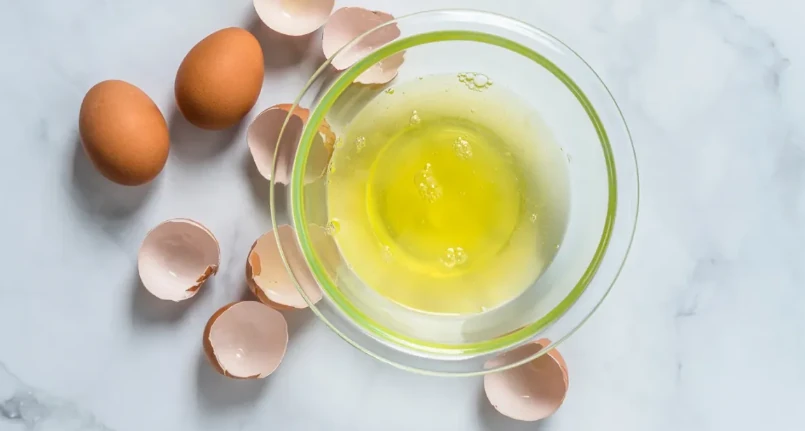Introduction
Pink, with a slightly fruity scent: it is Ruby chocolate , which today is certified as a variety already present on the market on a par with dark , milk and white chocolate . The Ruby variety, i.e. pink chocolate, has been “studied” and “formulated” (which shouldn’t suggest something chemical, on the contrary) by Swiss chocolatiers for ten years now. The precious seeds with which this particular chocolate is obtained – even if the production is definitely secret – are found in countries such as Ecuador, Brazil, Ivory Coast. It is believed to come from a variety of cocoa called Ruby Cocoa bean, a typical beanfrom which a less sweet chocolate is obtained than the white one, with a slight sour note reminiscent of red fruits, which however are not added in the preparation of pink chocolate, and therefore do not give the same flavor or colour . It is the seeds themselves that take on a more intense color after being treated and after having been deprived of fat, changing their hue and turning towards a bright pink. The taste of ruby chocolate is not too sweet and has a light fruity aroma, with a slightly bitter aftertaste similar to a 60% dark chocolate.
It should be emphasized that this type of chocolate, despite its particular color, does not contain artificial flavors or dyes , its color depends on that of the grain from which it is extracted and is maintained through the particular production process.
Did you know that…
The chocolate industry, despite ever-changing combinations and variations, hasn’t produced a type of chocolate for over 80 years. Dark, milk and white were the three known varieties, and then enriched with aromas, dried fruit , spices, etc. In fact, Ruby chocolate is the first new type of chocolate produced in more than 80 years. Before him there was white chocolate in 1936. The first market launch of pink chocolate, however, took place in January 2018 with the production of a well-known snack , by a food industry giant, for Asian markets especially for Japan and South Korea.
Beneficial properties of Pink Chocolate
As is known, cocoa is low-calorie, it contains a fair amount of vitamins , antioxidants , polyphenols and flavonoids , which characterize its beneficial profile for the health of those who eat it. For example: it fights free radicals , is a valid anti-aging remedy , fights tumors and joint problems , protects the cardiovascular system and reduces bad cholesterol .
Cocoa beans , as well as those of pink chocolate, contain a good amount of minerals , such as iron , potassium , phosphorus and magnesium . This causes cocoa to have beneficial properties such as:
- Help the nervous system
- Protect muscles and joints
- Regulate blood pressure
- Anticoagulant function
- Blocking cellular aging : detox and anti- aging action
- Help prevent degenerative diseases
- Help raise the immune system
- Produce endorphins and counteract stress and depression in a natural way
It should also be stressed, however, that these are benefits brought about by the consumption of cocoa, not by its processing and transformation into chocolate. We know that, to obtain the classic chocolate bar , sugars and fats (such as cocoa butter , for example) are often used, which reduce the benefits listed above.
Even dark chocolate has many benefits .




